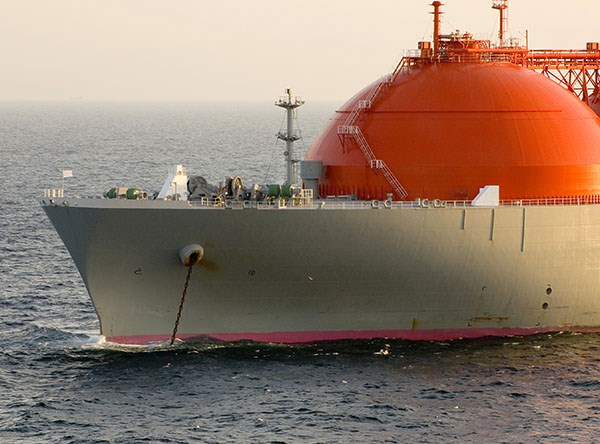Homer questioned: “Why is Christy Clark working so hard to build the Woodfibre LNG plant?”
The social infrastructure of B.C. is no longer supportable by the provincial tax revenues of remaining major contributors: natural resources, manufacturing, and tourism.
For example, B.C. produces 90 per cent of Canada’s metallurgical (met-steel-making) coal. Met-coal (not thermal coal) represents over 50 per cent of B.C.’s total mineral production revenues and is our single largest export commodity. Most of it is exported to Asia where it is used to manufacture steel. Met-coal lost more than half of its value in the past couple of years. The decline in provincial tax revenues from the sector coincides. Canada does not have any significant steel-making capacity to help support domestic met-coal production.
Perhaps a B.C. strategy for economic resource industry diversification would help de-risk our reliance on traditional tax contributors, in the form of LNG export. Consider that:
* The Russia/China deal, valued at up to $500 billion, will fulfill only the market needs of western China, according to Asian energy analysts;
* Chevron’s Australian Gorgon LNG gas development cost overruns will get absorbed by the multi-national with longer term market-influencing price stability, not racing to the bottom
on price;
* America has in its sight energy self-sufficiency with modified electrical power generation from thermal coal plants. The U.S. EPA is proposing new emission performance standards on thermal power plants with integrated gasification combined cycle units that burn coal and gas. The EPA standards are based on partial implementation of carbon capture and storage as the best system of emissions reduction. U.S. domestic coal and natural gas reserves will be productively integrated long-term. Therefore, B.C. has lost the U.S. natural gas market;
* LNG export terminals in Qatar and N.W. Australia, due to proximity to the equator, have a disadvantage in process efficiency for cooling to achieve LNG (-162ºC) relative to the lower year-round ambient temperatures of the B.C. coast. Lower process efficiency equates to higher carbon footprints and higher costs, both in terms of dollars and environmental impact;
* Today (July 14) the natural gas price is $4.16 US per million BTU, within five to six per cent of the 2009 price to the day. Could this have been predicted five years ago given the volatility of hydrocarbon prices since then?
Most international energy and LNG experts who have commented on the potential of the B.C. LNG industry have focused on the dozen proposed “greenfield” projects of the northwest coast. A Pique News interview of Dr. Ken Koyama, Asia Pacific Foundation of Canada, July 10, stated “Canadian LNG projects, including B.C. are greenfield, the infrastructure needs to be built, which needs a very big initial investment.” Two or at best three of the Kitimat-Prince Rupert area LNG export terminals will be built out over a 10 to 15 year period, stalled due to First Nations title negotiations, permitting delays, infrastructure build, and Asian market strength or weakness. Those projects that negotiate supply contacts early and ship first will have the greatest success for longevity of operation.
Woodfibre LNG, a small capacity brownfield site project, will be a “best in class” facility that all others in Canada that follow will be measured by, environmentally, technically, economically, and through the record of community engagement. If this B.C. government has nothing else to show for their term other than the first commercial model of an LNG industry, they will have been successful.
Craig D. McConnell
Squamish



